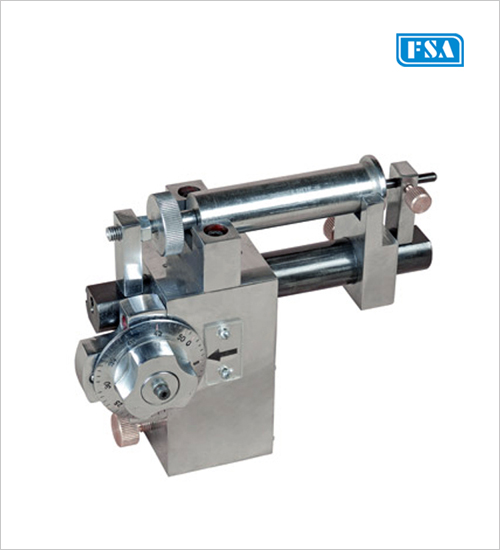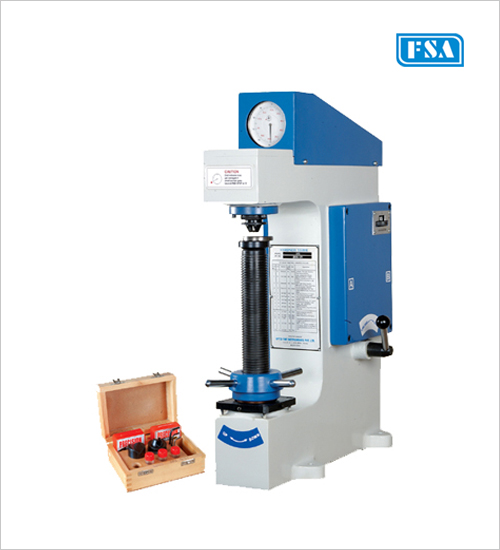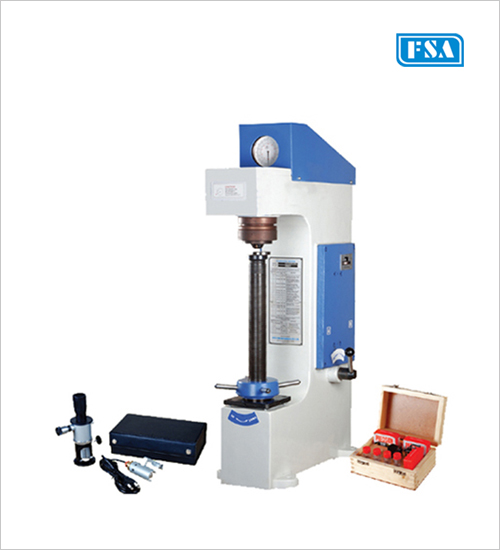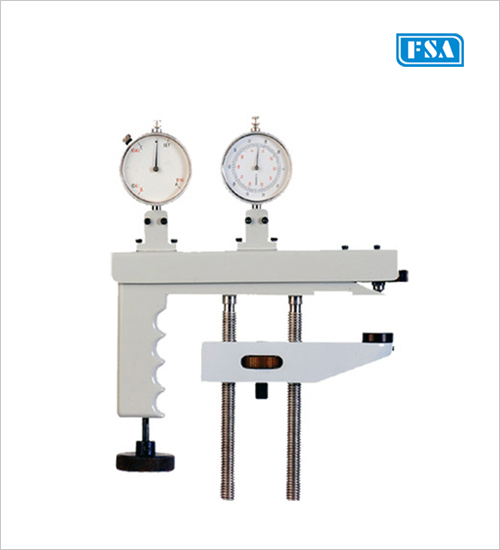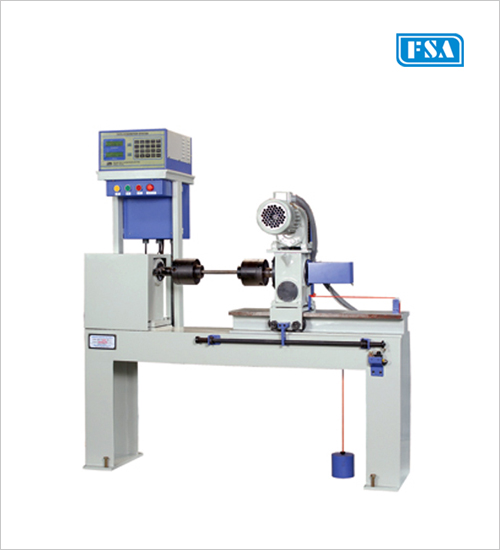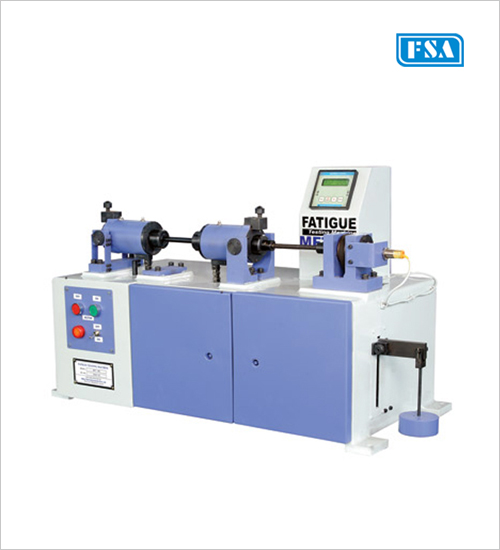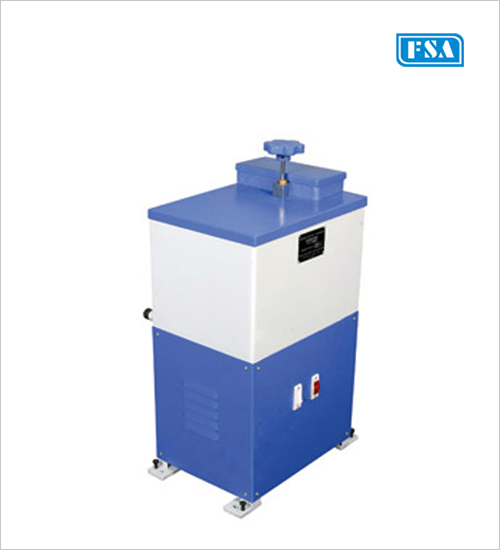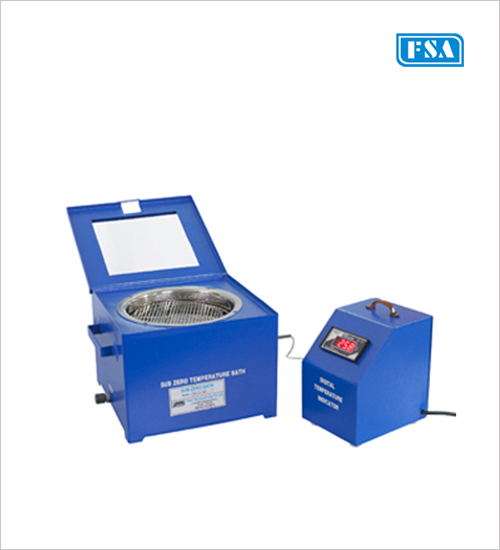We are Manufacturer, Supplier, Exporter of Jomini Test Fixtures and our set up is situated in Sangli, Maharashtra, India.
Features
- • The most commonly used method for determining hardenability is the end quench test developed by Jomini and Boegehold. The details of the test are covered in IS : 3848 – 1981 and ASTM A 255.
- • In this test a normalized 25 mm diameter and 100 mm length test sample of steel to be evaluated is heated uniformly to its austenitizing temperature. The specimen is then removed from the furnace and placed in the end quench test Apparatus and immediately end quenched by a jet of room temp. water.
- • After end quenching, longitudinal Flat Surfaces are ground on opposite sides of the test piece as per dimensions. This grinding is very important for correct positioning of the sample in the fixture and also for accurate repeatable and reliable test results.
- • Jomini Test Fixture is to be positioned on the main screw of the hardness tester for checking hardness of the test sample. Hardness at equal intervals (1 mm or 1/16”) to be checked and noted. Plot the resulting data on graph paper with hardness value as ordinate (Y axis) and distance from the quenched end as abscissa (X axis). By comparing the curves resulting from end quench tests of different grades of steels, their relative hardenability can be established. Thus the flatter the curve, the greater the hardenability.
Fine Spavy Associates & Engineers Pvt. Ltd. (Unit - I)






